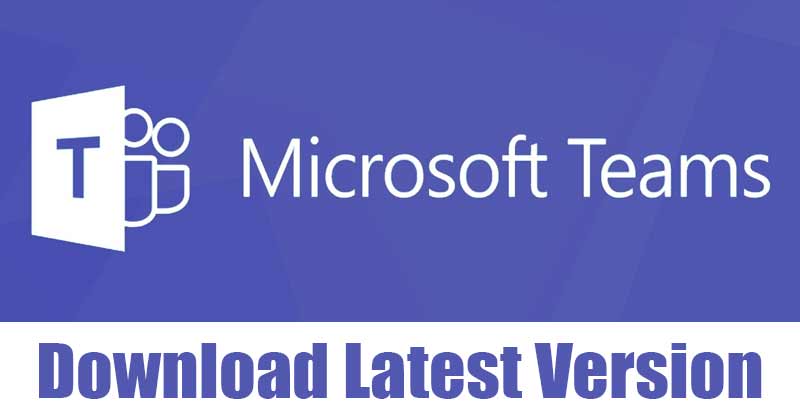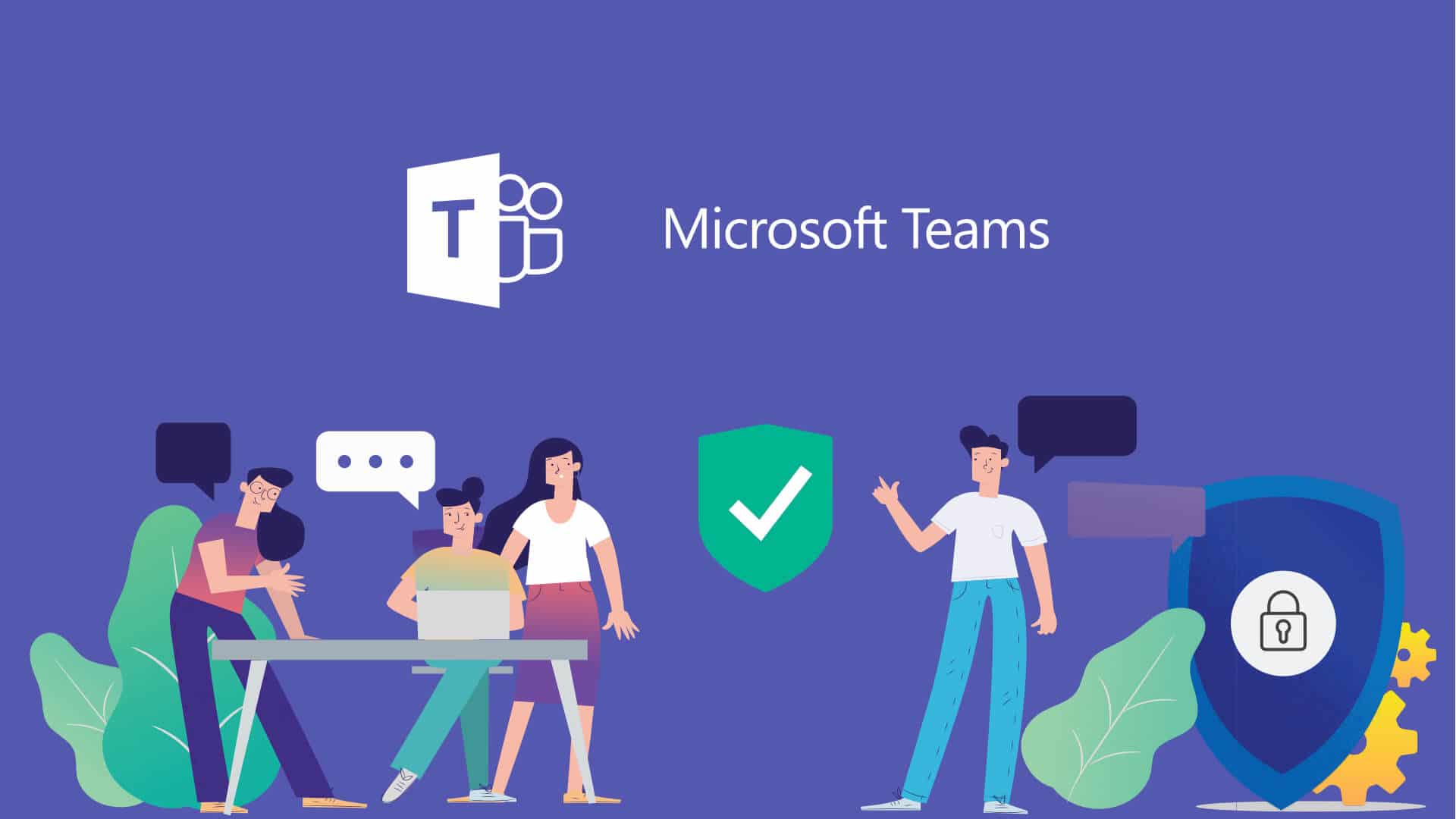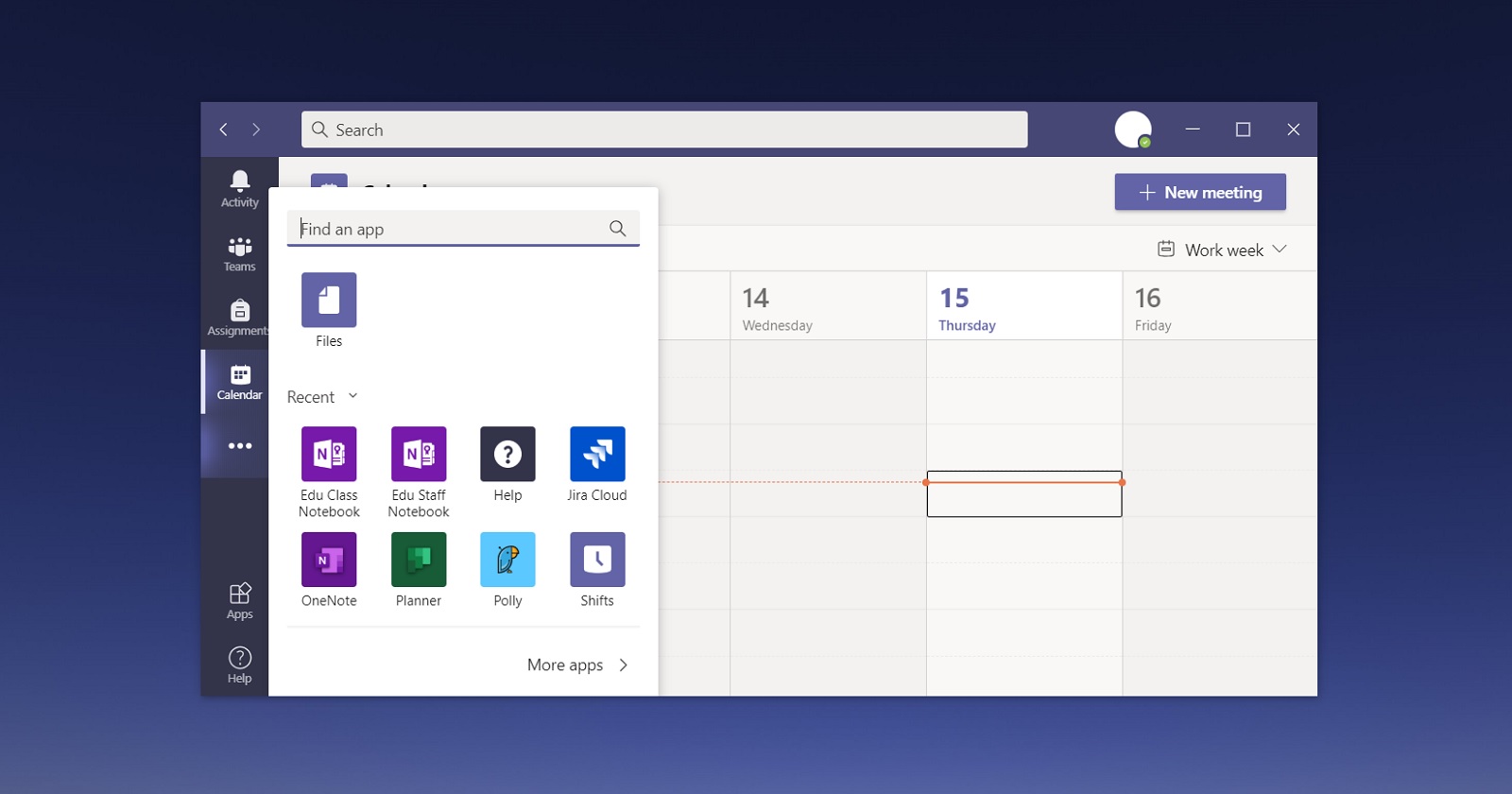
For example, when a user signs in to Apps or My Meetings and Files, the user is signed in only to the apps or services, not to the OS. Users can sign in to a Surface Hub, but they won't be signed in to the OS. It doesn't support signing in any more users, including admin users (for example, when an admin signs in, they aren't signed in to the OS).

Instead, there's always a local, auto signed-in, low-privilege user signed in to the Surface Hub. To enable this communal functionality, Surface Hub doesn't support Windows sign-in the same way that Windows 10 or Windows 11 Enterprise does (for example, signing in a user to the OS and using those credentials throughout the OS). Unlike Windows PCs, anyone can walk up and use a Surface Hub without requiring a user to sign in. Settings for lock screen, screen timeout, and screen saver don't apply for Surface Hub.

The welcome screen shows scheduled meetings from the device account's calendar, and easy entry points to the Surface Hub's top apps - Skype for Business, Whiteboard, and Connect.

Surface Hub doesn't have a lock screen or a screen saver, but it has a similar feature called the welcome screen.

This article highlights the key differences between Windows 10 Team on Surface Hub and enterprise versions of Windows 10 or Windows 11. When you evaluate security and management requirements for Surface Hub, it's recommended to consider it as a new operating system. While the Enterprise edition is designed for PCs, Windows 10 Team is designed from the ground up for large screens and meeting rooms. However, there are important differences between them. The Surface Hub operating system, Windows 10 Team, originated with Windows 10 Enterprise, providing rich support for enterprise management, security, and other features.


 0 kommentar(er)
0 kommentar(er)
